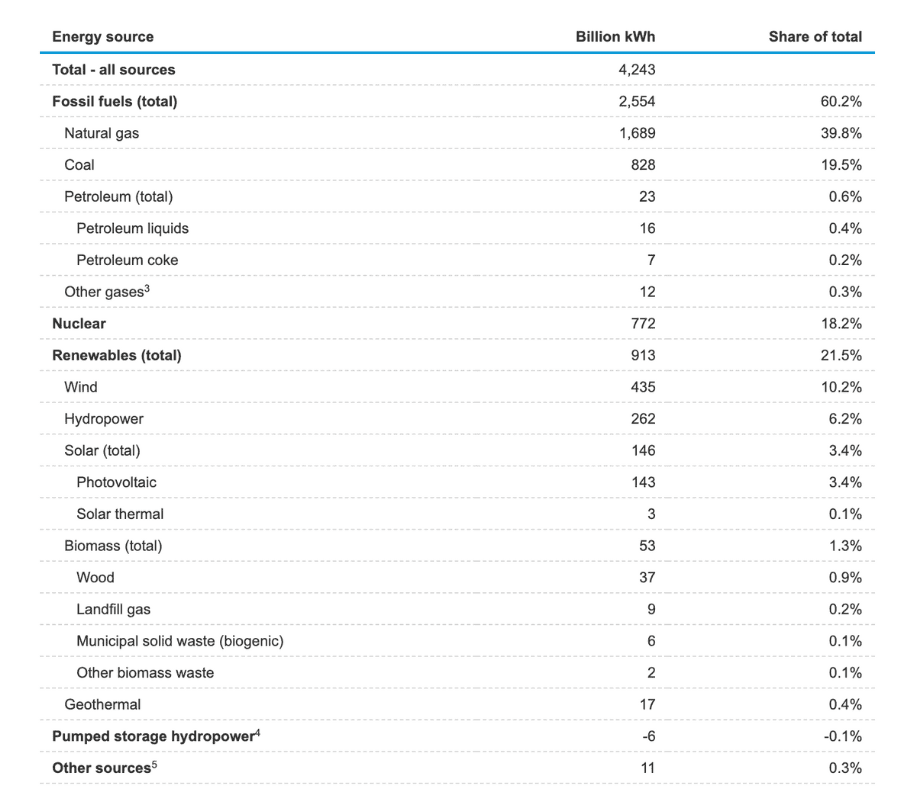Is Natural Gas The United States’s Answer To Energy Freedom?
The U.S. Natural Gas Markets
The United States has an abundance of natural gas deep beneath its soil. Texas and other regions throughout Louisiana were historically the "hot spots" for natural gas drilling, much of which is a byproduct of oil production. In 2007, natural gas was discovered in the Marcellus Shale region, which turned much of Northern and Western Pennsylvania, Ohio, and West Virginia into a natural gas production hub. The image below of U.S. interstate natural gas pipelines illustrates the concentration of natural gas in these regions.

The illustration above shows the abundant supply of natural gas in the U.S. used to heat homes and power businesses. But, did you know that almost half of the nation's electricity is made using natural gas? In fact, natural gas has proven to be a very cost-effective way to generate electricity and ramp up power production quickly to meet peak consumer demand. The chart below shows U.S. electricity generation sources:

Natural gas is the leading fossil fuel used in power generation today as it has proven to be much cleaner than coal alternatives; however, there is still much controversy over the viability of natural gas long term. Let's explore some of the arguments today against natural gas.
Natural Gas Controversey
Natural gas is a by product of decaying carbon deep below the earth's surface. Decomposing animals over years form pockets of natural gas that are extracted using a process called fracking. In the natural gas fracking process, energy companies drill into the earth looking for pockets of gas to extract. Many experts today argue that this process can cause contamination in local water supply, although there is not enough hard evidence to stop the drilling process.
Furthermore, to produce electricity natural gas is ignited. This ignition creates an explosion that spins a turbine to generate power. Although much more efficient and environmentally friendly than burning coal, natural gas power production has a serious carbon footprint. Naysayers believe that this process is heavily contributing to environmental concerns and are advocating for cleaner electricity generation, such as nuclear, wind, and solar.
U.S. Energy Independence
Just a few short years ago, the United States achieved energy independence and many energy market experts attributed that independence to the massive production of U.S. natural gas. Not only did supply for gas far outweigh demand, the country also began to liquify natural gas and export it to European and Asian nations.
As evidenced by the chart below, natural gas drilling slowed down significantly during the onset of the Covid-19 breakout and just began rebounding over the last twelve months. This chart indicates the total number of active natural gas drilling rigs in the United States:

If we are to reach energy independence again, natural gas drilling rig counts much reach the heights of 2019. Today, natural gas supply in the market is lower than it was when the U.S. achieved energy independence. Furthermore, although current natural gas prices at the time of the article are trading at or near prices in 2019, natural gas futures are still quite high. This is evidence that market experts are not confident in the future of U.S. natural gas production.


